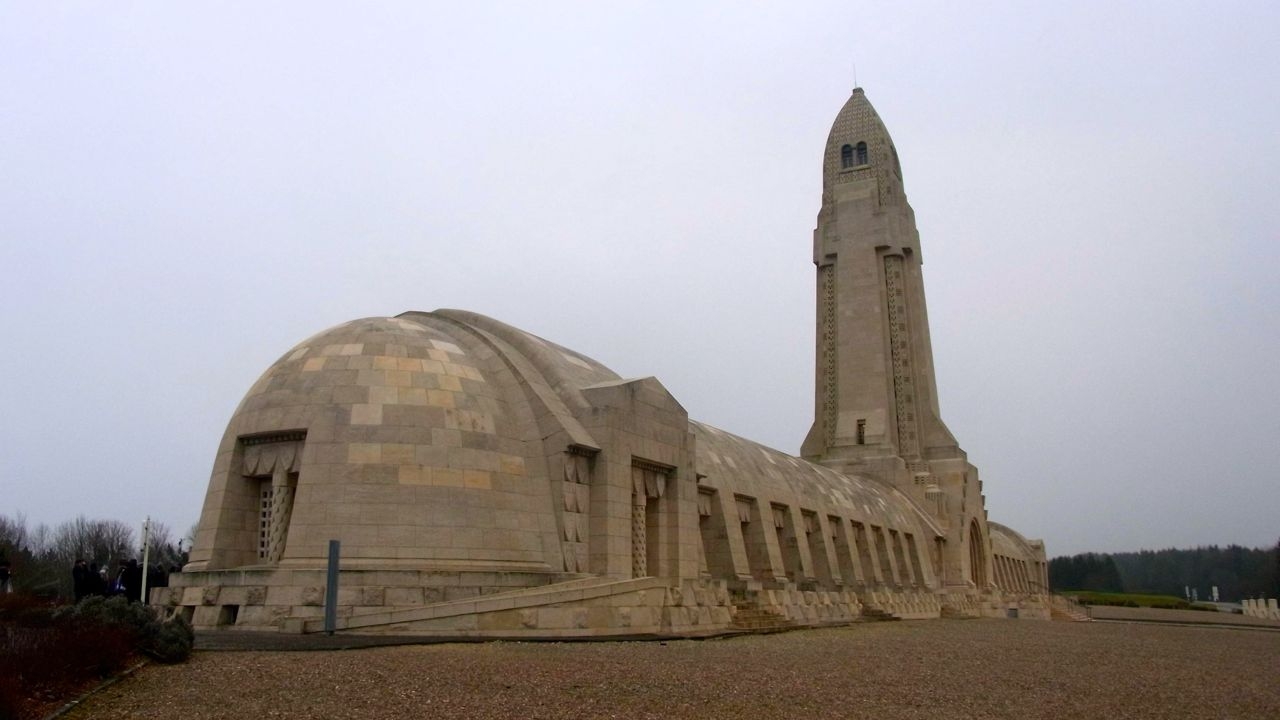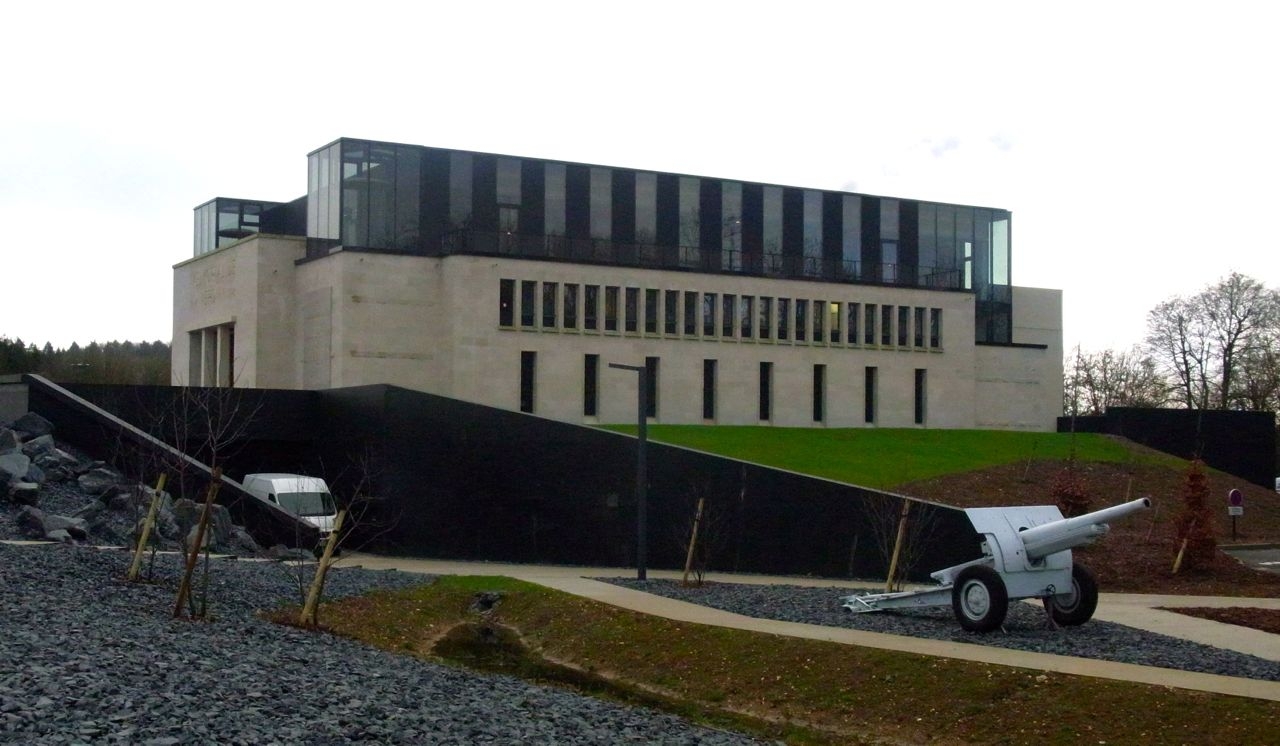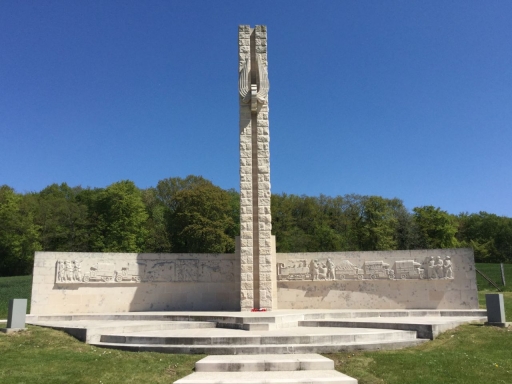President François Hollande and the German Chancellor, Angela Merkel, lead France’s official commemorations today (May 29th 2016) marking the Centenary of the Battle of Verdun.
The two leaders will formally open the renovated and extended Verdun Memorial Museum and attend ceremonies at Douaumont Ossuary remembering the longest single battle of the First World War.
They’ll be joined by several thousand French and German teenagers who’re on a cultural and educational exchange visit.
The German Army launched its offensive against the symbolically important target of Verdun on February 21st 1916. The fighting lasted almost until Christmas and cost around 300,000 French and German lives.
Reconciliation
Successive French leaders have visited the once fortified town on the River Meuse to pay tribute to those who fell here.
On this day in 1966, the 50th anniversary commemorations were led by President Charles de Gaulle, who was himself taken prisoner as a junior officer at the Battle of Verdun.
Verdun now serves as a symbol of Franco-German reconciliation after decades of tension and conflict.
In 1984, President François Mitterrand and Chancellor Helmut Kohl were pictured joining hands during a memorial service at Douaumont marking the 70th anniversary of the outbreak of the Great War.
 Douaumont Ossuary contains the remains of 130,000 unidentified soldiers, both French and German, killed during 300 days of fighting (Photo: Centenary News)
Douaumont Ossuary contains the remains of 130,000 unidentified soldiers, both French and German, killed during 300 days of fighting (Photo: Centenary News)
Today’s invitation-only ceremonies at Douaumont are being broadcast live on a big screen on the riverside Quai de Londres in the centre of Verdun.
But the run-up to the weekend programme of centenary cultural events was overshadowed by a row over the cancellation of a rap concert in the face of protests from the extreme right.
The Verdun Mayor’s office said the performance by the rapper, Black M, had been called off because of ‘strong risks to public order.’ For the full story, see Le Monde.
100 years ago, the Battle of Verdun was reaching one of its most critical phases. French troops failed in an attempt to recapture Fort Douaumont, the biggest of the fortifications ringing the town, at the end of May
Another of the forts, Vaux, fell in the first week of June 1916 as the German advance was reaching its closest point to Verdun, before losing momentum.
It was in June 1916 that the French commander, General Robert Nivelle, issued the famous order to his troops: “Vous ne les laisserrez pas passer” (you shall not let them pass), a battle cry shortened to ‘on ne pass pas’ or ‘Ils ne passeront pas’ (they shall not pass).
For more information about Centenary events, visit the Verdun 2016 and the Mémorial de Verdun (Verdun Memorial Museum) websites.

Centenary News visited Verdun Memorial Museum (above) ahead of its opening to the public in February 2016. Read our review here.
A CN summary of the Battle of Verdun can be found here.
Images: Patrick Gregory (Voie Sacrée Memorial); Centenary News
Posted by: CN Editor
